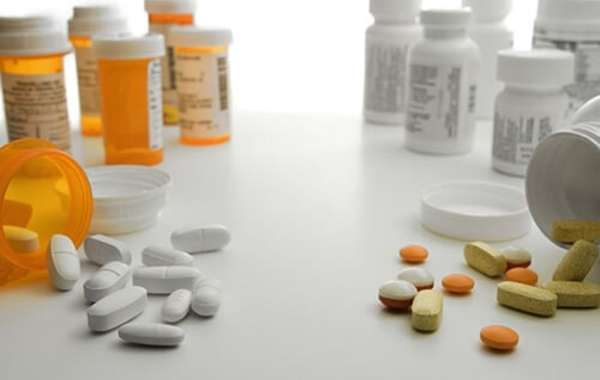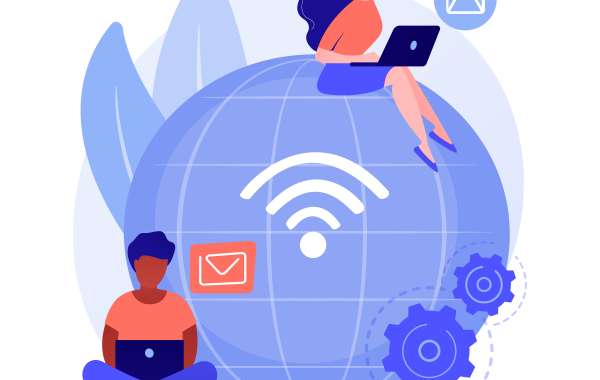Opioids are drugs that suppress pain signals and produce a feeling of euphoria. They can be taken orally, injected or smoked. Long-term use of opioids can lead to addiction.
Medical professionals should consider a person’s risk for opioid use disorder when prescribing pain medication. This includes a patient’s family and social history.
Addiction
Opioids act on a part of the brain that processes rewards and causes the subjective feeling of euphoria. When abused, they may lead to dependence and addiction. Addiction occurs when use of a substance becomes compulsive and disrupts daily life. People who use opioids to get high begin to require higher and higher doses over time to feel the same effect, and they can develop withdrawal symptoms when they stop using the drug.
The risk of developing an opioid use disorder (OUD) increases with the length of time a person uses opioids and whether they are misused or abused. Many people who misuse prescription opioids take them more often and in larger amounts than prescribed, or crush their pills so they can be snorted or injected. This significantly increases the risk of an accidental overdose and death.
It is also dangerous to combine opioids with alcohol or other drugs. In addition, sharing or selling opioid medications is illegal and can lead to serious health risks. If you have leftover opioid medications, contact your local drug take-back program for information on safe disposal.
Withdrawal
People who have used drugs heavily for a long time experience severe and life-threatening withdrawal symptoms if they try to stop using drugs. These can include nausea, vomiting, diarrhoea, anxiety and chills. Depending on the drug, withdrawal symptoms can last for weeks or even months.
The good news is that the discomfort caused by drugs like opioids can be relieved and high risks can be greatly reduced when you are treated in a hospital or other specialised medical facility. Medications like clonidine and buprenorphine, which reduce cravings and block the pleasant feelings caused by opioids, can be used to control symptoms and keep you safe while you recover.
Women with opioid use disorder should be screened for pregnancy and should not be denied access to treatment because they are pregnant. It is important that these women receive a full medical assessment from a healthcare professional who can help them with their medical, social and emotional needs.
Side effects
Opioids, including natural (opiates) and synthetic medications like codeine, fentanyl, hydrocodone, methadone, and oxycodone, decrease pain signals in the brain. They also cause a feeling of euphoria for some people who take them. This euphoria may become less intense over time, which leads to addiction. It’s not fully understood why some people develop opioid use disorder, but genetic and environmental factors play a role. Even people who start taking opioids for medical purposes can develop OUD, especially if they take the drugs long-term.
If untreated, OUD can cause significant legal, financial, health, and social problems. Medications that block the effect of opioids and relieve craving, withdrawal, and urges are effective treatment options. Behavioral therapy and counseling can also help. Hospitalization is rarely used for OUD, but it may be necessary if someone has another medical or mental health issue that needs to be addressed. In addition, some patients who have chronic OUD experience episodes of exacerbation and remission.
Prevention
The best way to prevent opioid misuse is to make sure you get the proper medical treatment for pain. You should also learn about less-addictive pain medications and nonpharmacological treatments.
Opioids are a group of drugs that interact with opioid receptors in the body and brain to reduce pain signals. They include natural and semi-synthetic opiates (like morphine) and prescription pain medicines, such as oxycodone, hydrocodone, codeine and fentanyl. They can be taken legally through a doctor's prescription or illegally through heroin.
Almost all cases of drug overdose in the United States are caused by opioids. Some people who misuse prescription opioids switch to heroin, which is often laced with the synthetic opioid fentanyl.
Be careful with your opioid medications and keep them out of the reach of others, especially children. Never share your medications, and always dispose of unused opioids properly. Contact your local law enforcement or trash and recycling service for information about medication takeback programs.






